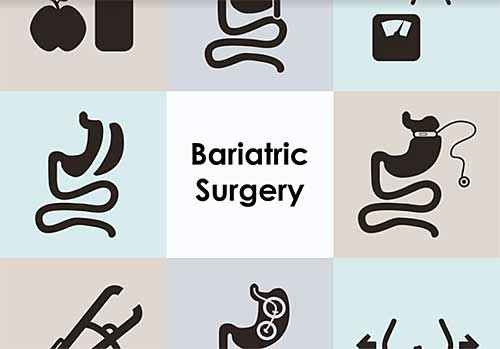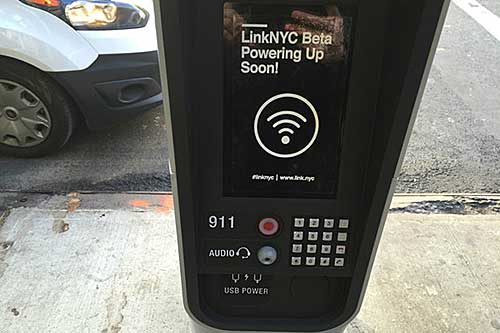Bariatric surgery seemed like the perfect solution for those who are obese and have seemingly tried everything else to lose weight. What seemed like the perfect scenario, however, is beginning to show signs that it doesn’t come without substantial risk. Patients who were considering undergoing the procedure have always understood that the surgery itself, like any other, comes with specific risks. But there is a new complication just being discovered, which may make women of childbearing age think twice about having the surgery to lose weight.

New studies from a team of santa ana personal injury lawyers are coming to light that might put bariatric surgery complications at the forefront of personal injury claims. Scientists have discovered that there might be an increased risk for children born to mothers who’ve had bariatric surgery. A study recently published in the Journal of the American Medical Association shows that children who are born to women who have had bariatric surgery within the previous two years (before giving birth) are at risk for perinatal complications.
Bariatric surgery is a medical procedure used to decrease the size of a person’s stomach so that they can’t overeat. A surgeon uses either a gastric band or actually removes part of the stomach to create less space in order to signal to the brain that the stomach is full. There are times when the procedure also reroutes the small intestines so that it flows into the stomach pouch. So, although there are various ways to achieve the same goal, bariatric surgery refers to multiple types of procedures within the same class. It is typically a surgery that is used to reduce a person’s weight when obesity is leading to serious health consequences.
When a woman undergoes bariatric surgery, it isn’t just her stomach and appetite that are affected. Her body undergoes changes in nutrition as well as metabolic and physiological changes, which can result in danger not only to her health, but also to the health of a child born in the immediate future. There is evidence to suggest that a woman who has gone through the surgery may suffer from nutritional deficiencies, and that those deficiencies can negatively affect a growing fetus from getting the necessary nutrients for proper development.
Lack of nutrition can lead to birth complications, which were not an expected outcome, and women who underwent the surgery were not warned about it. Not only are there links to birth complications, but there is also a risk of small gestational age, low Apgar scores and premature delivery. An Apgar score is a test that is performed immediately following birth that measures a baby’s reaction to their atmosphere.
It is an acronym for Appearance, Pulse, Grimace, Activity, and Respiration and is linked to several conditions early on in life. In studies, it isn’t until almost four years post-bariatric surgery that the Apgar scores appear not to be affected in children born to women who have undergone the surgical procedure.
The biggest problem is that obesity is one of the barriers that women of childbearing age have, to conception. Many women in the past have undergone the surgery specifically to help them conceive, which is in direct contrast to the risks that the surgery can increase in childbirth. Up until recently, those risks were not identified and certainly were not told to women who were electing to have bariatric surgery, especially for the purpose of conceiving.
Therefore, the American Congress of Obstetricians and Gynecologists have made recommendations that women who are going to undergo bariatric surgery delay conception until a minimum of two years post-surgery to ensure that there are no risk factors carried over.
Although it’s a great recommendation going forward, that doesn’t address the past complications that have resulted from misinformation of the consequences of bariatric surgery on childbirth. Bariatric surgery has traditionally been an elective surgery undertaken more by women than men, which is why it is so problematic to find that risk factors for childbirth are linked to the surgery.
There are likely to be many women with complications during childbirth who bring forward personal injury cases. Many babies born with complications need extensive therapy, extended stays in the hospital, and can have a host of conditions that follow them throughout their developmental years and beyond. Without the proper warning, many women have found out the hard way that bariatric treatment for conception might not have been as healthy or safe as they were led to believe.



